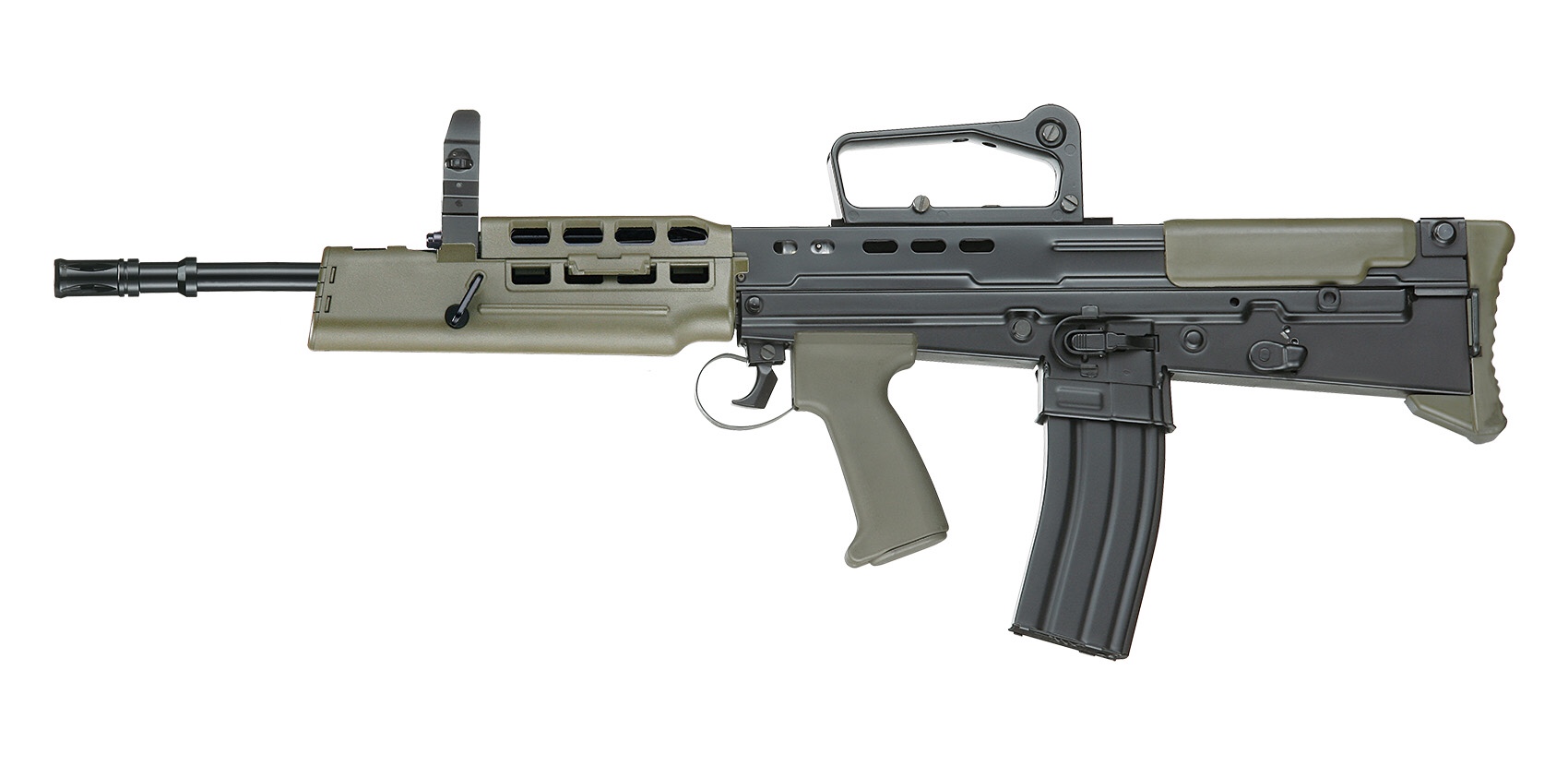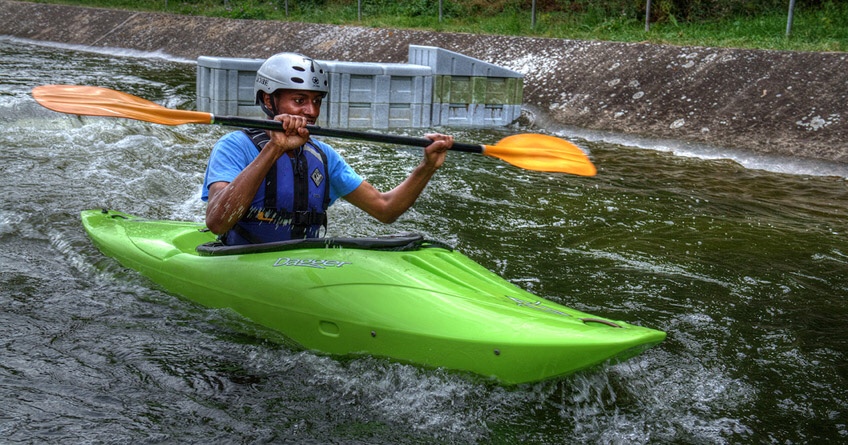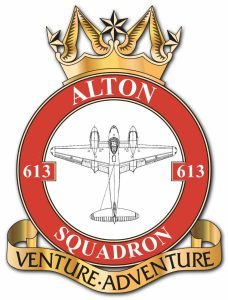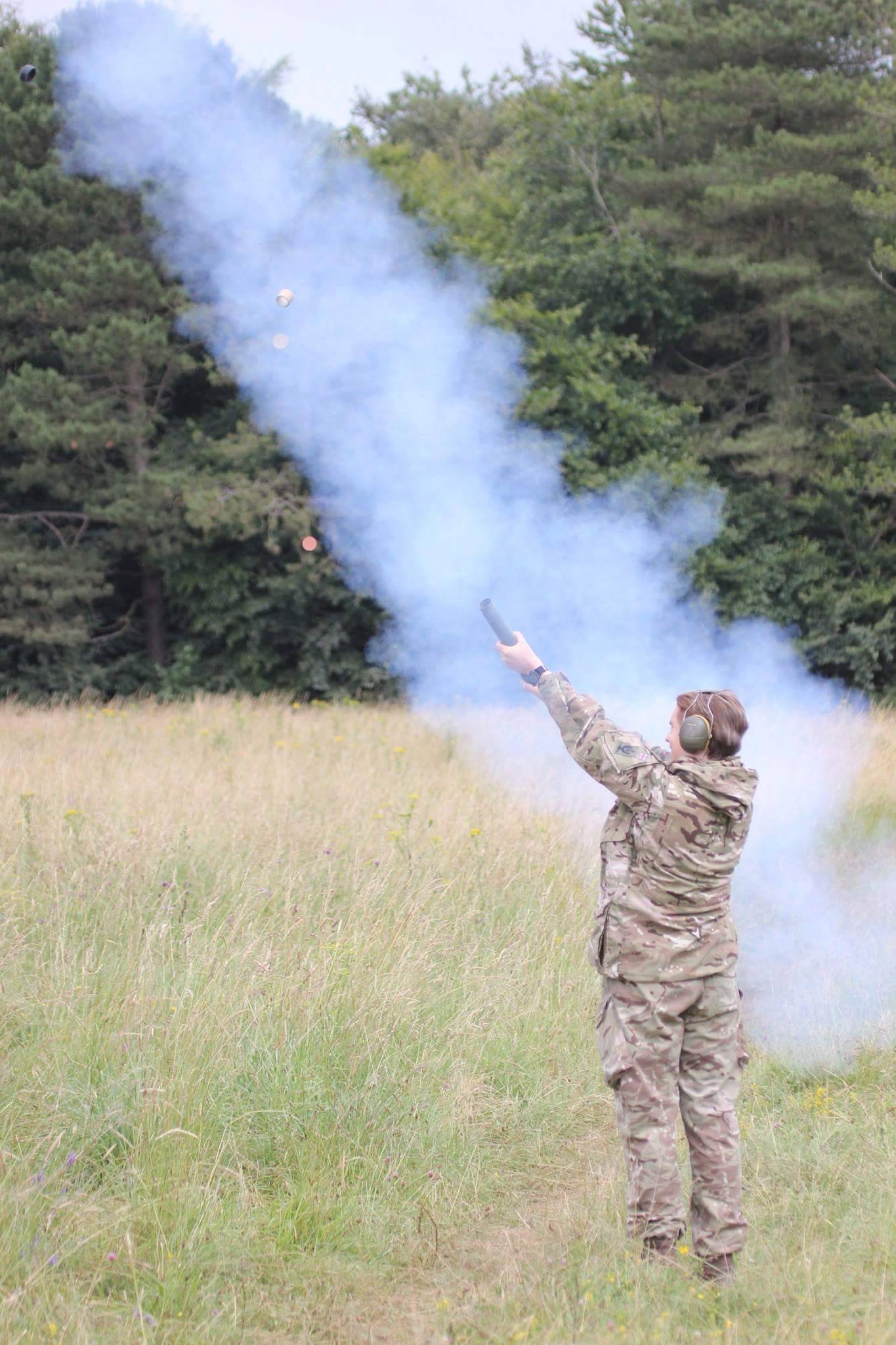The RAF Air Cadets offers an unbelievable amount of activities, from Flying to Shooting, Radio Communications to the Duke of Edinburgh Award Scheme, we have it all. Here’s a list containing some of what we do:
- Flying
- Flying Simulators
- Shooting
- Leadership
- Duke of Edinburgh’s award
- First Aid
- Foot Drill
- Rifle Drill
- Banner Drill
- Military Fieldcraft/ Skills
- Canoeing
- Kayaking
- Paddle Boarding
- Sailing
- Rock/ Mountain Climbing
- Abseiling
- Mountain Biking
- Fundraising
- Summer Camps
- Visits (RAF Stations, museums etc)
- RAF work experience
- Annual Awards
- Football
- Hockey
- Rugby
- Swimming
- Athletics
- Cross Country
- Radio Communications
- Overseas Camps
- Road Marching
- Hiking
- High level hiking
- Hiking instructor training
- Cyber Training
- Cyber specialist courses
- BTEC Qualifications
- Leadership training and practical
- Parachuting
If you have any questions about an activity we have not gone into detail about here, contact us or visit the RAF Air Cadets main page.

Flying and Gliding
It’s our aim to get you airborne as often as possible, as an Air Cadet you’ll get the chance to fly gliders, powered light aircraft and ride along in RAF aircraft, such as the A400M, Chinook or even the Hawk. Cadets can progress their aviational skills and become qualified to fly solo! Visit our dedicated flying page for more information here.

Shooting
Whatever level you are as a cadet, you’ll have the opportunity to try your hand at military skills and drills. That means target shooting, rifle drill and field craft.

Marksmanship goes a long way back in the history of Air Cadets and is one of our most popular activities. Do you think you can concentrate on distant targets and fire with consistent accuracy? It’s not easy. It requires focus, agility and a very steady hand.
We’ll teach you to handle a variety of weapons safely. Firing is often done lying on your stomach (the prone position) at static targets, but can also be done kneeling, sitting or standing in a firing trench. As you progress through the course and you’ll experience different types of weapons and could even take part in shooting competitions after proving your skills.
Ranges come in different shapes and sizes but all are in controlled conditions with full training on any weapon that you handle – safety is our top priority. To start with you’ll be firing at targets that are fairly close – around 25m away. As you advance through weapons and your skill builds, you will fire at targets 100m, 200m or more away!
The L98A2 GP Rifle was introduced in 2009, as a replacement for the L98A1 Cadet GP Rifle. This is a magazine fed, 5.56mm calibre weapon based on the L85A2 rifle, the standard individual weapon for the British armed forces.

Types of shooting
After you’ve familiarised yourself with your weapon and passed the WHT, the goal is to hit your target accurately and consistently. Sounds easy doesn’t it? Try it for yourself and you’ll understand why practice makes perfect. As a cadet shooter you’ll be typically firing in one of four types of practice:
Grouping – You select a single point on the target and fire a number of rounds at it. The aim is for all rounds to form the smallest group possible. This is excellent for concentrating and perfecting your technique. There’s no limit to how long you can take when firing.
Deliberate Fire – Firing at a target with marked scoring rings, your score is marked depending on how near to the centre of the target you manage to get. For this you use either a large, single target or a card with 5 or 10 separate targets marked on it. When firing at a card with multiple targets, you aim to place one or two rounds on each of them. Take as long as you need – the goal is accuracy.
Rapid Fire – Just like it sounds, speed is the thing here. Get the round within the target area, but within a time limit. For instance, you may need to fire 10 rounds in 40 seconds with an L144 rifle – not too easy when you have to reload manually after each shot.
Snap Fire – Now it gets more challenging. For this you have to get all rounds to fall within a target area. But, the targets only appear for a short time before vanishing again. You must hit it before it disappears. By the end of the practice the target may have appeared – for perhaps 5 seconds – and disappeared up to 5 times. Just to make it even more difficult, it’ll sometimes appear at random time intervals – so you can’t anticipate it!
Do well on all of these and you may find you have a talent for marksmanship. Starting to feel competitive? Why not enter one of our shooting competitions?
Adventure Training
Adventurous Training is an essential part of the Air Cadet’s training syllabus and the place where team effort really matters – you’ll build new friendships, and learn to rely on the other people you’re with to get the job done. It also lets you show off your leadership qualities.

Something for everyone
Remember, whatever your personal tastes, nothing is compulsory. There is a wide range of adventurous activities to get stuck into, so if climbing isn’t for you perhaps canoeing is. Sometimes what’s on offer depends on the squadron you attend, but everything you do is supervised by qualified trainers who will ensure you get the most out of it.
Between local activities and visits to camps, you will have the chance to experience kayaking, hill walking, camping, caving, mountain biking, offshore sailing and winter sports to name just a few.

Leadership Training
As you become more experienced as a cadet you’ll take on extra responsibilities and have further opportunities to develop your self-confidence and leadership skills. Formal leadership training is provided at the following three levels – they’ll test your mettle but this is where you can really get noticed!
Wing and Regional Leadership Courses
Typically two or three days long, aimed at training potential Junior NCOs (Corporals) and Senior NCOs (Sergeants and above). This will sort out the natural leaders and if that includes you, you could improve your rank.
Cadet Leadership Courses
There are three sets of Cadet Leadership Courses, which are aimed at 16 and 17 year olds. Each course lasts a week and ends with the award of the Cadet Leadership Badge if completed. The Army Cadet Force (ACF) runs three courses over the Easter period at Nesscliff in Shropshire and three courses in July at Frimley Park in Surrey. Sea Cadets also take part along with Army Cadets, so be ready for some serious competition! The Combined Cadet Force (CCF) runs an Air Cadet Leadership Course at RAF Cranwell each July which is open to air cadets from both the CCF and the ATC.
The Air Cadet Junior Leaders Course

Not for the faint-hearted, the Junior Leaders Course is physically demanding and requires real commitment and determination. The course, which runs from September to Easter, involves nine weekend training camps and an assessment week. A big step up from the Cadet Leadership Courses, the Junior Leaders Course is aimed at older cadets – you must be 17 or older in the year you begin the course. It’s also open to Sea Cadets and Army Cadets and culminates in the award of a Level Two Certificate in Team Leadership from the Institute of Leadership and Management. This is the toughest but most rewarding of our leadership courses – make it through and you’ll have the makings of a very successful leader…

In addition to those formal leadership courses, we sponsor Personal Awareness Courses at the Joint services Chaplaincy in Hampshire. These courses are aimed at you if you’re 16 and over and have demonstrated leadership potential and are designed to develop good citizenship skills. Although they are set against a background of the Christian faith they are open to everyone. A similar course, Leadership for Life is held annually in Scotland.
The challenge of teamwork and leadership is the ultimate test for a cadet and could be the greatest achievement of your time with us. If you aspire to be the best, we’ll help you achieve it.

Military Skills
Fieldcraft and Military Skills can take the form of Squadron weekend exercises, that would involve camp craft, field cooking, map reading, orienteering and initiative exercises. You will learn what sort of clothing and equipment to use, and what sort of food you should be eating and why, and important things like calorific value.
It could also be that you attend a week-long ‘Green’ camp at an RAF or Army camp, and do such activities as assault (confidence) courses, camouflage & concealment, build shelters, learn field signals, radio procedures, patrol skills, shooting and take part in first aid scenarios. This may all sound a bit daunting at first, but with the training you receive from staff and cadet NCOs, you will quickly become more confident and skilled.
There is also the ultimate development course for Air Cadets – the Junior Leaders Course.
First Aid
Like most air cadets activities, first aid is an activity cadets find enjoyable and rewarding but is also an extremely useful life-skill. There have been many cases of cadets saving the lives of the general public including cadets from 613 SQN. Inside the corps cadets of all ages will be able to prove their skills at first aid competitions at wing, regional and corps level.




Heartstart is the first level of first aid cadets will encounter. It is a basic first aid course and qualification focusing on CPR, and is accredited by the British Heart Foundation. Participants of the scheme will typically spend three evenings or one weekend camp learning the first aid techniques and are then presented with their Heartstart certificate and ATC progressive syllabus badge.
Youth First Aid is the next level of first aid taught to cadets. It is a course accredited by the St John’s Ambulance service and is designed to precede the First Aid At Work qualification. This course covers a large amount of content in detail, including burns, strokes, heart attacks, bleeding wounds and much more. this course will give the participant both a huge knowledge of correct first aid procedure and a fantastic foundation for the St. John’s Ambulance at Work qualification. The course usually takes place over one weekend and involves practical activities as well as classroom based learning. Those who complete the course will receive a Youth First Aid ATC Progressive Syllabus badge and a St. John’s Ambulance certificate.


First Aid at Work/Activity First Aid is the highest level of first aid taught in the corps and is also accredited by St. John’s Ambulance. They describe it as follows: “The First aid at work training course provides the comprehensive set of practical skills needed by first aiders in most workplaces to become a confident first aider at work. Giving both the ability and knowledge to deal with first aid emergencies. It meets the standards required to help comply with Health and Safety (First aid) regulations.” This course is typically taught over a weekend camp and candidates must also attend annual refresher courses to maintain their qualification. Upon completion of the course cadets are presented with a St. John’s ambulance certificate and an ATC Progressive Syllabus badge. In many workplaces holders of this qualification are entitled to a marginal pay rise as an official first aider.
USEFUL LINKS
Hampshire & Isle of Wight Wing




